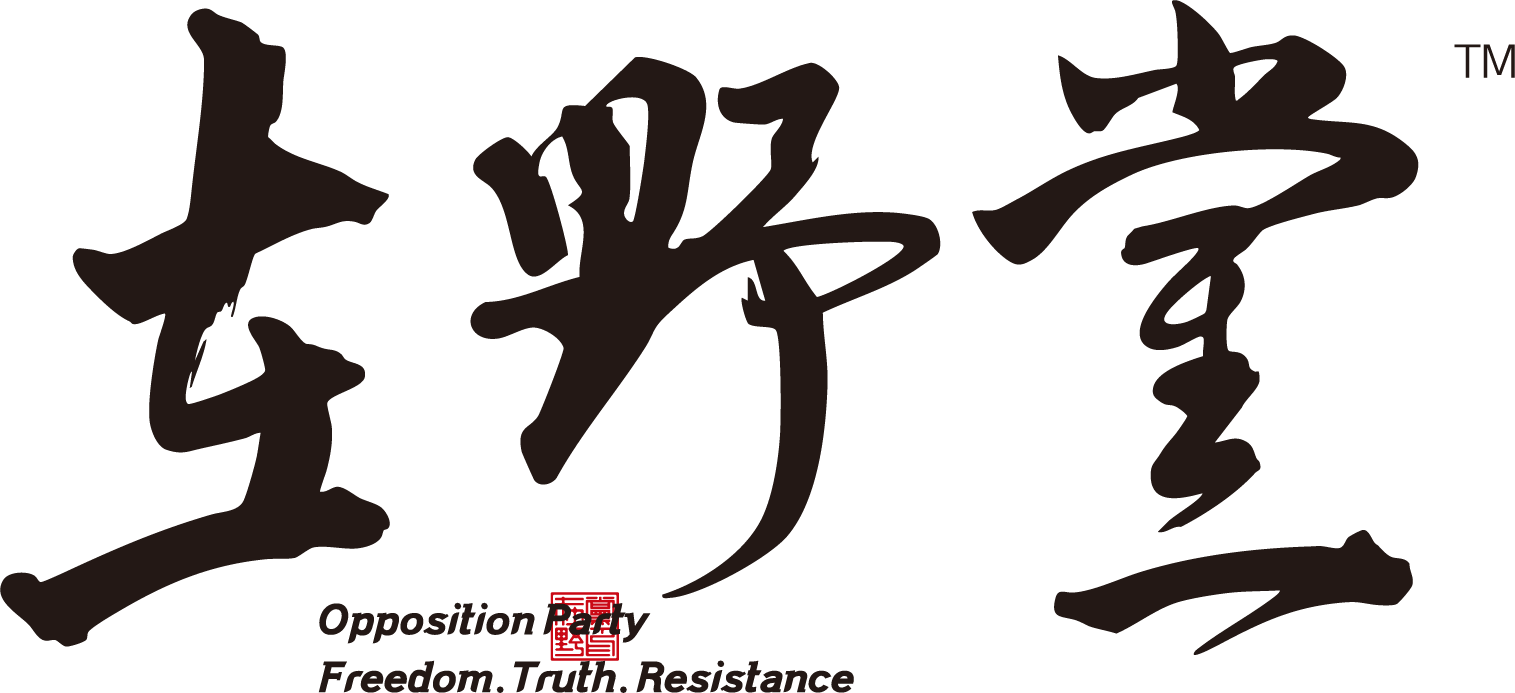What Exactly Is “Socialism with Chinese Characteristics”?
作者:郭斌 2025年7月9日
编辑:冯仍 责任编辑:罗志飞 鲁慧文
中国政府常常强调“中国特色社会主义”的优越性。按照常识来看,世界上主要的社会制度大致可以分为几类,比如美国的资本主义、北欧的民主社会主义。那么中国所说的“中国特色社会主义”,到底是什么?它与其他国家的制度究竟有什么不同?
简单说,社会主义是一种强调社会福利与社会平等的制度,那么我们就从这两个方面来看看中国的现实。从国家之间横向比较来看,中国的福利体系远不如那些真正的福利国家。别说北欧国家,就连美国这个一向被认为“福利不高”的国家,也明显比中国做得好。 比如,美国的低收入人群可以领取食品券,有Medicaid医保;而中国的贫困人口,不仅缺乏社会保障,甚至还可能被当作“低端人口”清理出城市。
中国普通百姓和公务员之间的福利待遇差距非常明显。公务员的医保报销可以达到90%甚至更高,笔者祖父住院时就曾亲身经历;而农民的医保不仅额度有限,而且很多常用药根本不在医保目录中。 除此之外,农民和农民工在子女教育、社会保障和就业机会等方面也普遍受到歧视,这几乎是显而易见的事实。在一个既没有普遍福利保障,又缺乏基本平等的体制下,如果这还叫社会主义,那它也只能是“中国特色的社会主义”了。
不可否认,过去几十年,中国特色社会主义模式在经济上确实取得了显著成功:中国迅速崛起于全球产业链,在制造业、出口、基础建设等方面成绩亮眼。那么这种“成功”的模式,是不是有某种现实合理性?答案当然是肯定的,但它背后的逻辑其实并不复杂。在全球化大背景下,资本和技术总是流向那些劳动力便宜、劳动法松散、工会力量微弱的地区。想象一下,美国工厂里的中产工人一天工作七小时,还有工作生活平衡;而中国东莞的流水线工人一个月只休息两天,每天工作十二小时,工资却只有美国工人的七分之一。与此同时,美国的工会还经常组织罢工争取加薪。这种情况下,资本当然“水往低处流”。结果就是,那些高福利、高人权的发达国家开始面临制造业流失、产业空心化的问题,而中国则在这一轮资本转移中迅速壮大。
从某种角度看,这其实就是一种制度层面的“劣币驱逐良币”。高标准的文明制度在资本面前吃了亏,而更低底线的模式获得了竞争优势。面对这种局面,文明国家要么被迫降低自己的福利和自由标准去适应全球竞争,要么只能用贸易壁垒来限制资本和技术自由流动。而我们看到的贸易战,其实就是后一种反应的结果。
说到底,“中国特色”就是一种压低社会底线的血汗工厂体制,它在全球市场中暂时赢了那些讲人权、讲福利的西方文明国家。当然也必须承认,中国在过去几十年内的确取得了巨大的进步。人们的生活水平、医疗、教育、住房等方面相较于1980年代有了明显改善,这是事实,不应否认。但如果把中国放在全球坐标体系中比较,它的福利水平和个人自由,与“世界第二大经济体”的身份显然极不匹配。甚至可以说,中国至今仍然处于某种“负福利”状态。无论是看医疗、养老、民生,还是社会公平、公民迁徙权等领域,中国离现代文明国家的标准还有很大距离,更不用说言论自由、媒体监督、司法独立、政治参与这些领域的压制程度,已经低得令人发指。
而历史的讽刺在于,这种“中国模式”其实并不是什么新发明。十八世纪的欧洲,也曾靠这种原始的、压榨式的资本主义实现扩张。只不过今天它披上了现代化的外衣,打着“国家发展”、“民族复兴”、“脱贫攻坚”的口号,在强大宣传机器的包装下,看起来像是一种“成功的道路”。 但这套模式的本质,依然是以资源透支、环境破坏、人权牺牲为代价。它不仅带来了经济总量的增长,同时也造成了社会阶层的进一步固化、个人自由的进一步收紧、体制权力的进一步集中。说到底,它不是人类制度的未来方向,而是旧时代“黑工厂逻辑”在现代全球化背景下的重现。
从名称上看,“中国特色社会主义”这八个字本身就很混淆。它借用了“社会主义”的说法来维持合法性,但实际实行的,是一种国家主导、权力集中的混合体制。这种体制既不给人民足够的福利,也不给人民真正的自由和平等。它靠国家机器维稳,用压低底线的方式,暂时在全球市场中赢得了一场表面上的胜利。但这场胜利的代价,会由这一代人和下一代人一起承担。
What Exactly Is “Socialism with Chinese Characteristics”?
Author: Bin Guo July 9, 2025
Editor: Feng Reng Chief Editors: Luo Zhifei, Lu Huiwen Translator: Bin Guo
The Chinese government frequently emphasizes the superiority of “Socialism with Chinese Characteristics.” According to common sense, the world’s major political and economic systems can roughly be divided into a few categories: for instance, capitalism in the United States and democratic socialism in Northern Europe. So what exactly does China mean by “Socialism with Chinese Characteristics”? How does it differ from other countries’ systems?
Put simply, socialism is a system that emphasizes social welfare and social equality. Let us evaluate China’s reality from these two perspectives. From a horizontal, cross-national comparison, China’s welfare system is far inferior to that of genuine welfare states. Not to mention the Nordic countries—even the United States, which is often criticized for having a relatively low level of welfare, performs better than China. For instance, low-income Americans can receive food stamps and Medicaid, while impoverished individuals in China often lack even basic social protections and may even be expelled from cities as “low-end population.”
There is a glaring disparity in welfare benefits between ordinary citizens and civil servants in China. Government employees may enjoy reimbursement rates of 90% or more under public health insurance—a reality the author witnessed firsthand during his grandfather’s hospitalization. In contrast, rural residents not only have limited coverage, but many essential medications are not included in the reimbursement list. Furthermore, farmers and migrant workers face widespread discrimination in areas such as children’s education, social security, and employment opportunities—realities that are almost self-evident. In a system that provides neither universal welfare nor basic equality, if this can still be called socialism, it can only be “socialism with Chinese characteristics.”
Undeniably, over the past few decades, the model of “Socialism with Chinese Characteristics” has yielded notable economic success: China has risen rapidly in the global industrial chain and achieved impressive results in manufacturing, exports, and infrastructure development. Does this model of success have some kind of practical rationality? The answer is, of course, yes—but the logic behind it is not particularly complex.
In the context of globalization, capital and technology naturally flow toward regions with cheap labor, lax labor laws, and weak unions. Imagine middle-class factory workers in the U.S. working seven-hour days while maintaining a work-life balance; meanwhile, assembly line workers in Dongguan, China, work twelve hours a day with only two rest days per month, earning just one-seventh of their American counterparts. At the same time, U.S. unions often organize strikes to demand higher wages. Under such circumstances, capital “flows to the lowest point.” The result is that developed countries with high welfare standards and strong human rights protections face deindustrialization, while China has grown rapidly by absorbing this wave of capital transfer.
In a certain sense, this represents a kind of systemic “Gresham’s Law,” where bad systems drive out good ones. Civilized institutions with high standards suffer under global market competition, while low-threshold models gain a comparative advantage. Facing this situation, advanced nations must either lower their welfare and freedom standards to remain competitive or resort to trade barriers to restrict the free flow of capital and technology. What we see today as “trade wars” are essentially manifestations of the latter.
Ultimately, the so-called “Chinese characteristics” refer to a sweatshop system that depresses the bottom line of social standards. It has temporarily outcompeted Western liberal democracies that prioritize human rights and welfare. Of course, one must acknowledge that China has indeed made enormous progress over the past few decades. Living standards, healthcare, education, and housing have all improved markedly compared to the 1980s—this is a fact that should not be denied.
However, when placed within a global framework, China’s level of social welfare and personal freedoms remains grossly mismatched with its status as the world’s second-largest economy. In fact, one could argue that China still operates under a “negative welfare” regime. Whether one looks at healthcare, elderly care, basic livelihoods, social fairness, or the right to internal migration, China remains far from the standards of modern civilized nations. Not to mention the shocking degree of suppression in areas such as freedom of speech, media oversight, judicial independence, and political participation.
The historical irony is that the so-called “China model” is hardly a novel invention. Eighteenth-century Europe also achieved expansion through this kind of primitive, exploitative capitalism. Today, it is simply wrapped in modern clothing and promoted under banners like “national development,” “national rejuvenation,” and “poverty alleviation.” Backed by a powerful propaganda machine, it appears to be a “successful path.” Yet at its core, this model still relies on resource depletion, environmental destruction, and human rights violations. While it has indeed boosted aggregate economic output, it has also intensified social stratification, restricted personal freedoms, and further centralized institutional power. In essence, it is not the future of human civilization but a reemergence of the “dark factory logic” of the old world, now operating under the framework of modern globalization.
Even the term “Socialism with Chinese Characteristics” itself is deeply misleading. It borrows the rhetoric of socialism to maintain political legitimacy, while in practice it implements a hybrid system dominated by state power and centralized authority. This system provides neither sufficient welfare nor genuine freedom and equality. It relies on the coercive power of the state and the systematic lowering of standards to achieve a superficial victory in global competition. Yet the cost of this victory will be borne by this generation—and the next


张致君中共的十字架人质战略-rId7-720X1032.jpeg?w=218&resize=218,150&ssl=1)

张宇-rId7-1266X950.png?w=218&resize=218,150&ssl=1)



